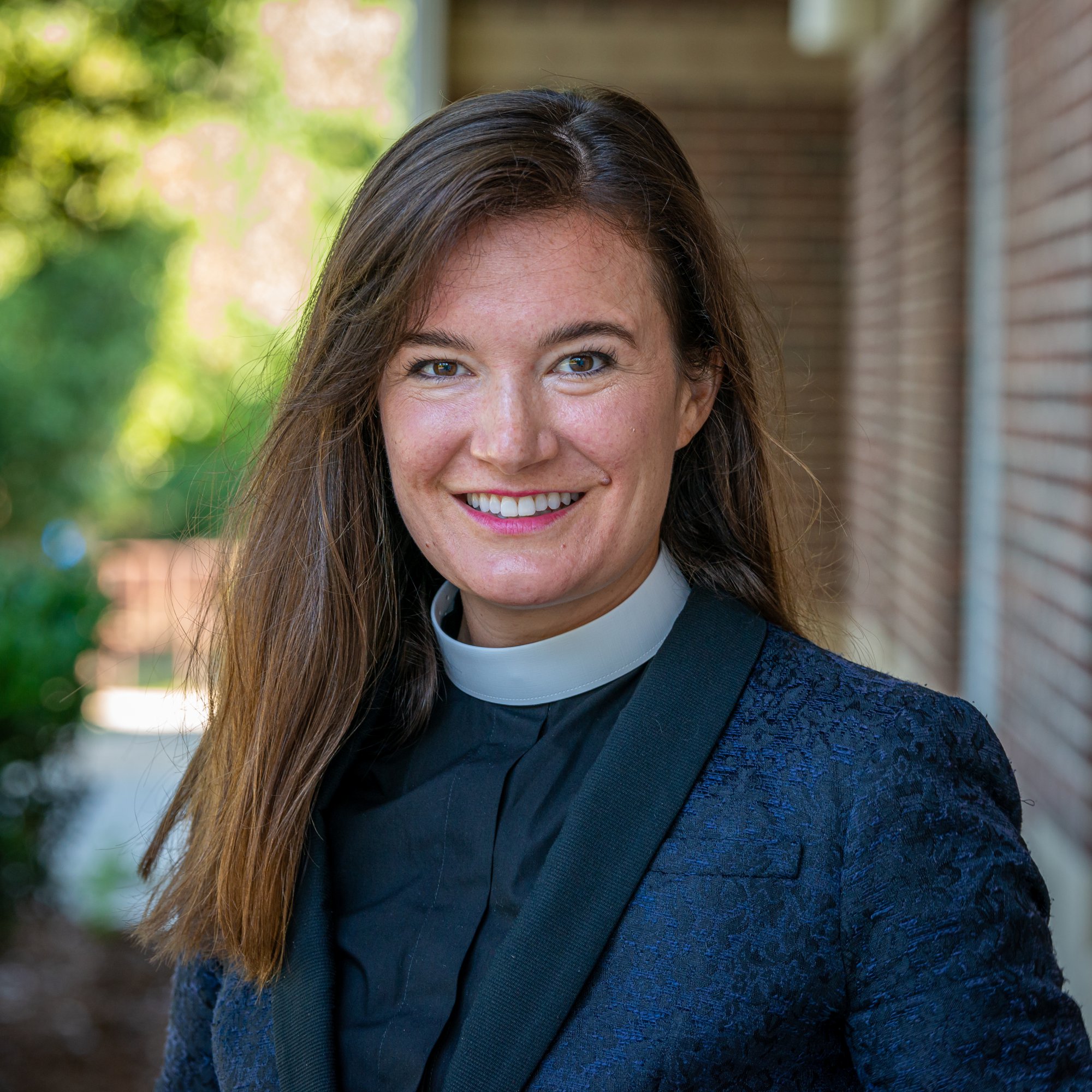We need a routine. Both as a community and as individuals, patterns of creativity, worship and rest can guide us through our week. On an individual basis, I’ve noticed how my toddler’s routines are guided by her needs for sleep, food, creativity and love. No matter how old we are, we’re all governed by these forces. Our needs for routine and pattern evolve, but some basics don’t change.
In scripture, we see God has patterns of creativity and rest. God saw that the sixth day was good, God also saw that the seventh day was holy. (Gen 1:31; 2:2) When God declared the created order good and then rested, this wasn’t idleness. It was a holy pause to enjoy the good work accomplished. The Judeo-Christian tradition distinguishes days for collective rest and worship, and this is part of our ancient, collective routine. The creation story speaks to human proclivities of – and longing for – rhythm. At St. Paul’s, we’re rebuilding our community patterns of rest and worship that were disrupted by the pandemic. There’s a palpable joy in these patterns of creative work, rest and togetherness.
God created each of us, and God’s love sustains us in our rhythms. The story of God’s boundless mercy for us in Jesus has a rhythmic quality to it. There is a repetition in our need for mercy. Theologian Richard Lischer writes that God’s story is repetitious “the way the Eucharist is repetitious, the way a favorite melody and love are repetitious, the way the mercies of God that come unbidden every day are repetitious.” (Lischer, Richard, Stick with the Story). Seeing one another on Sunday is part of our fabric as a community. It’s part of our story as God’s beloved. It’s the refrain of our existence. God’s story is so good, we can play it again and again in our weekly rhythms together. We grow old, but God’s story won’t. I promise.
Meditation:
The technical and artistic excellence of this Navajo blanket below (circa 1885) exhibits a repetition of woven detailed color and pattern. Spend some moments meditating on this image. What might the artwork have to say about the patterns of common life?
Navajo artist, Dah’iistł’ó (Eyedazzler), about 1885. Dyed wool and cotton; 80 x 63 in.
Image courtesy of the Denver Art Museum
– Mother Alice

